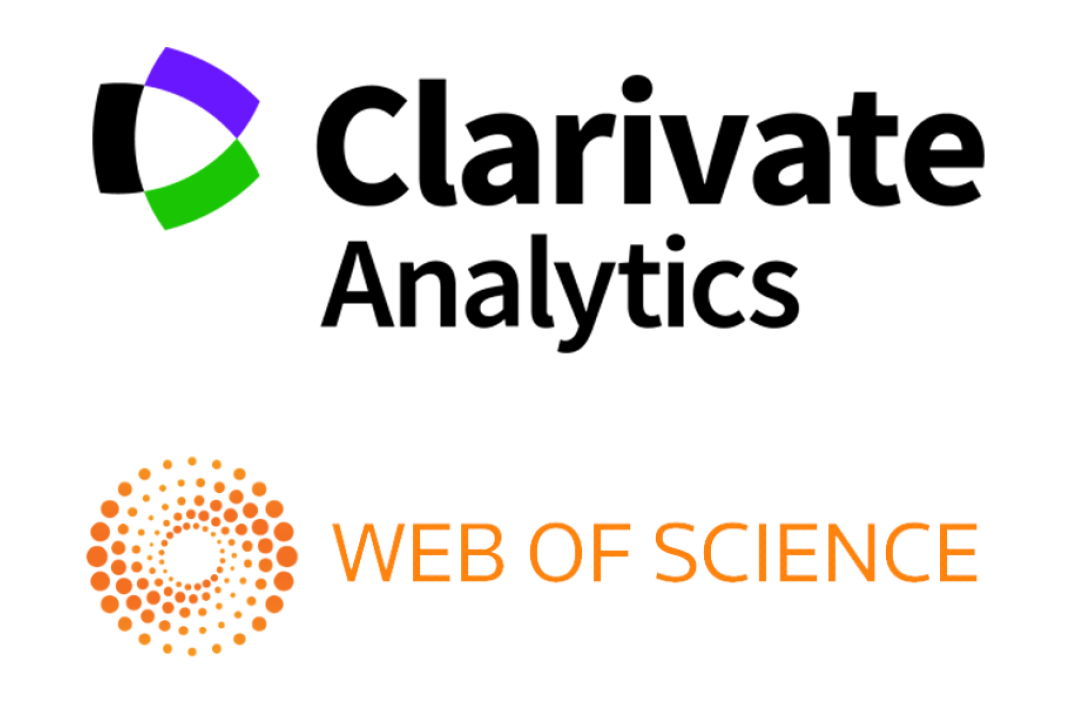Hegel and Derrida: philosophy, language, reflection
Keywords:
Hegel, German classical philosophy, Derrida, French philosophy of 20th century, system, totality, language, reflectionAbstract
In considering the philosophical projects of Georg Wilhelm Friedrich Hegel and Jacques Derrida, the author formulates two principal questions: is it possible to break with Hegel today? How powerful and radical must be this rupture? The main problem stems from the fact that the Hegelian project is by nature self-referential. It represents the type of philosophical system that comments, explicates and interprets itself. Any critique of such a project is, therefore, quite difficult. Hegelian system creates an element that Derrida names 'the image of one's other'. This allows Hegel, in this project, not only to anticipate any future criticism but also to respond to it in advance. The system of Hegel has a priori integrated all other systems in its own perspective, seeing as the growth of any such systems is assumed to be a part of the historic development of Hegel's own system. In order to overcome a project of this kind, one needs a specific approach which would take into account Hegel's method of protecting his work from criticism. According to Derrida, this particular method consists in Hegel's constant appeal to the history of Spirit regarded as history of the intelligent and self-interpreting being. Provided that the architectonics of Hegel’s project reproduces the telos of the self-development of Spirit, the deconstruction of such telos makes possible the critique of the Hegelian project without reproducing the project itself. Derrida, therefore, does really achieve a radical break with Hegel.






